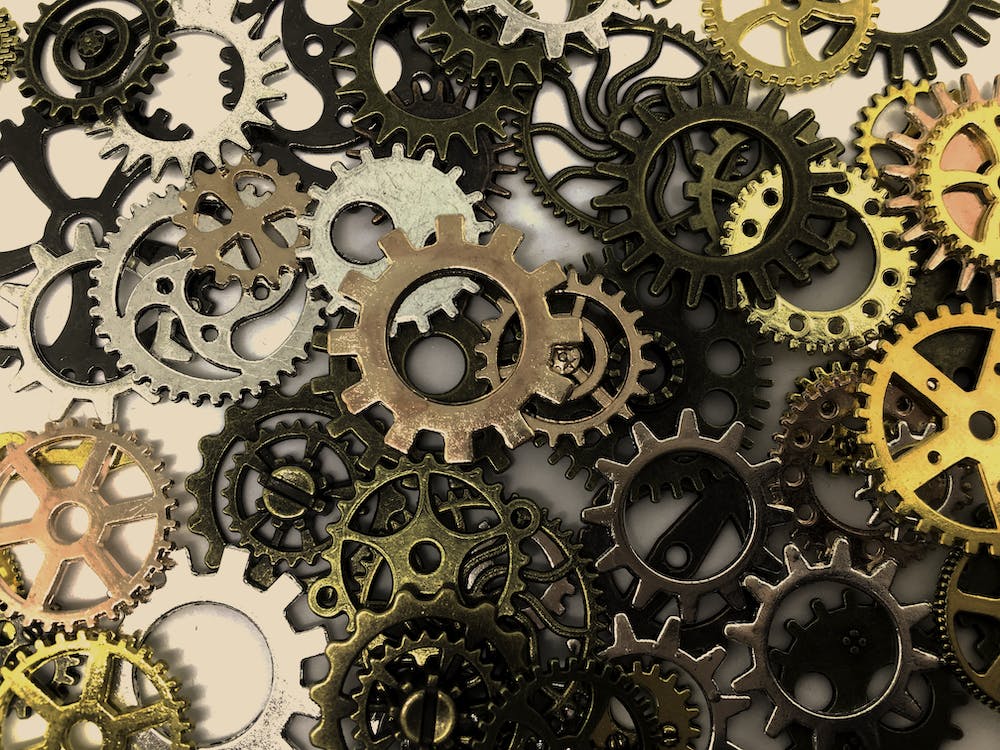
FAQ About Industrial Design

What are the current trends and innovations in industrial design?
- Sustainable Design: With a growing emphasis on environmental consciousness, sustainable design practices are becoming increasingly important. Industrial designers are incorporating eco-friendly materials, energy-efficient solutions, and recyclable or biodegradable components into their designs. They focus on reducing waste, promoting longevity, and creating products with a lower environmental impact.
- Human-Centered Design: Human-centered design places a strong emphasis on understanding and addressing the needs and desires of users. Industrial designers are increasingly conducting user research, usability testing, and user-centered design workshops to gain insights into user behavior, preferences, and pain points. This approach ensures that products are intuitive, accessible, and provide a positive user experience.
- Digital and Smart Products: The rise of digital technology and the Internet of Things (IoT) has opened up new possibilities for industrial design. Designers are integrating digital interfaces, connectivity, and smart capabilities into products, creating a seamless user experience and enabling greater functionality and customization. Examples include smart home devices, wearable technology, and connected appliances.
- Minimalist and Clean Designs: Minimalism continues to be a popular trend in industrial design. Clean lines, simplicity, and uncluttered aesthetics are sought after by consumers. Industrial designers are creating products with sleek, minimalist designs that offer a sense of elegance, sophistication, and timelessness.
- Customization and Personalization: Consumers increasingly desire products that reflect their individuality and personal preferences. Industrial designers are embracing customization and personalization by incorporating modular components, adaptable features, and customizable options in their designs. This trend allows users to tailor products to their specific needs and tastes.
- Biomimicry: Biomimicry involves drawing inspiration from nature and applying biological principles to design solutions. Industrial designers are exploring organic shapes, patterns, and processes found in nature to create innovative and efficient designs. Biomimicry offers opportunities for sustainable and resource-efficient solutions in various industries.
- Augmented Reality (AR) and Virtual Reality (VR): AR and VR technologies are being utilized in industrial design to enhance the design process and create immersive experiences. Industrial designers can use AR and VR tools to visualize and evaluate designs in a virtual environment, simulate user interactions, and gather feedback before physical prototyping.
- Circular Economy and Design for Disassembly: The circular economy concept is gaining traction in industrial design. Designers are incorporating principles of design for disassembly, modularity, and repairability, allowing products to be easily disassembled, repaired, and recycled at the end of their lifecycle. This approach aims to minimize waste and maximize the value of materials and components.
- 3D Printing and Additive Manufacturing: 3D printing and additive manufacturing technologies continue to advance, enabling industrial designers to create complex and customized prototypes and products with greater speed and efficiency. These technologies offer design freedom, rapid prototyping capabilities, and the potential for on-demand manufacturing.
- Emotional Design: Industrial designers are increasingly focusing on creating products that evoke positive emotional responses in users. By considering the aesthetics, colors, textures, and sensory aspects of design, designers aim to establish an emotional connection between users and products, enhancing the overall user experience and fostering brand loyalty.
